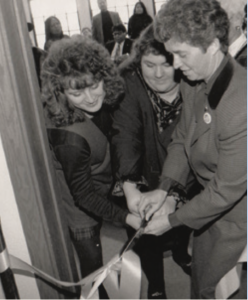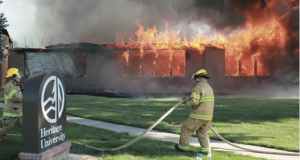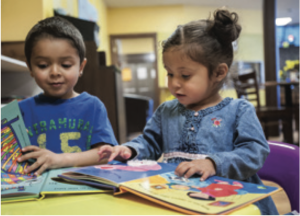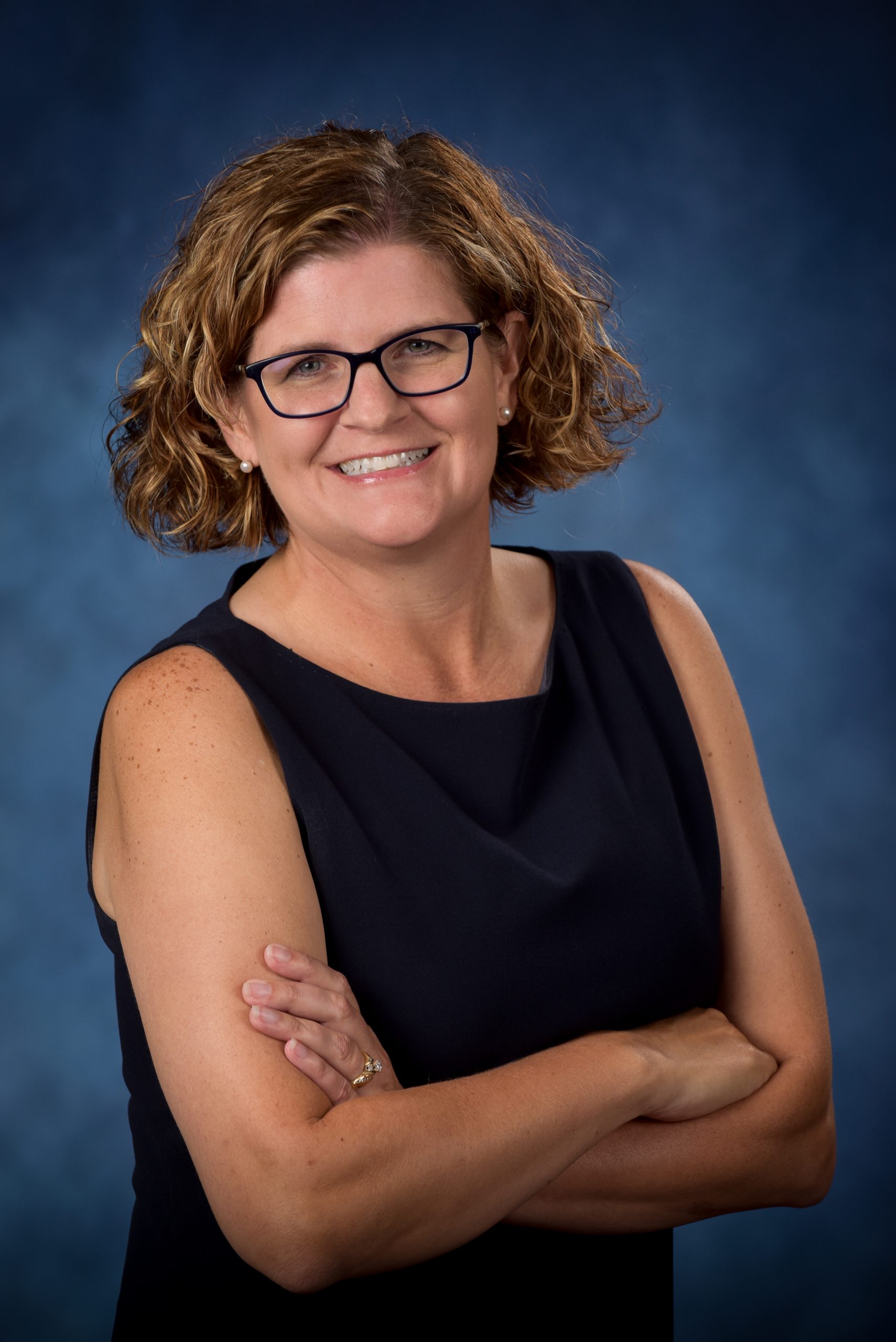Class Notes

2005
 Phillip J. Vasquez (Principal Certification) recently retired from the Yakima School District. Vasquez spent 18 years working in school administration in the district. During his career he served as an assistant principal in an elementary school and as a principal at both the elementary and middle school levels.
Phillip J. Vasquez (Principal Certification) recently retired from the Yakima School District. Vasquez spent 18 years working in school administration in the district. During his career he served as an assistant principal in an elementary school and as a principal at both the elementary and middle school levels.
2006
Melissa Vickers (B.S., Computer Science) recently earned a master’s degree in library and information science from San Jose State University. Vickers is the information technology manager at Yakima Valley Libraries.
2007
 Rachel Gonzalez- Garza (M.Ed., Professional Development in ESL) recently completed The National Institute for STEM Education (NISE) certification. NISE is a competency-based, academic portfolio of work that demonstrates proficiency across STEM teacher actions.
Rachel Gonzalez- Garza (M.Ed., Professional Development in ESL) recently completed The National Institute for STEM Education (NISE) certification. NISE is a competency-based, academic portfolio of work that demonstrates proficiency across STEM teacher actions.
2015
Sagrario Bernal (B.A., Business Administration) was promoted to Area Manager for central Washington at Enterprise in December. Bernal joined Enterprise in 2016 as part of their management training program. Since then, she’s spent the past five years working as an assistant manager or branch manager at locations across Washington state.
Lizbet Maceda (B.A., Business Administration) started a new position as a regional prevention specialist at ESD105 in Yakima. Prior to this position, she served as community prevention coordinator at the ESD.
2016
 Patrick Feller (B.A., Environmental Studies) joined Darigold to serve as a production supervisor in their whey plant in Sunnyside, Washington. He previously served as a field science technician for the Washington Department of Fish and Wildlife.
Patrick Feller (B.A., Environmental Studies) joined Darigold to serve as a production supervisor in their whey plant in Sunnyside, Washington. He previously served as a field science technician for the Washington Department of Fish and Wildlife.
2017
Elisa Cantu (B.A., Criminal Justice) recently completed the APR 6 Law Clerk Program. This is a four-year program that is an alternative to attending law school. Those who complete the program are eligible to take the Washington state lawyer bar exam.
2018
 Corbin Schuster, PhD (B.S., Biomedical Sciences) earned a doctoral degree in microbiology from Oregon State University in December. His thesis was “Expanding Diagnostic Assays for Pseudoloma Neurophilia and Description of the Progression of Infection in Adult Zebrafish Populations.”
Corbin Schuster, PhD (B.S., Biomedical Sciences) earned a doctoral degree in microbiology from Oregon State University in December. His thesis was “Expanding Diagnostic Assays for Pseudoloma Neurophilia and Description of the Progression of Infection in Adult Zebrafish Populations.”
2021
Edith Zarogoza (M.A., Physician Assistant) joined Miramar Health Center in Pasco, where she is working as a physician assistant. Miramar is a Yakima Valley Farm Workers Clinic subsidiary.

You are an important part of the university family, and we want to make sure that you are fully informed of all the great opportunities that are available to you through Alumni Connections. There are lots of great ways to stay connected:
• Like us on Facebook (facebook.com/ HeritageUniversityAlumni)
• Sign up to receive Heritage’s e-newsletter HUNow.
• Visit us online at heritage. edu/alumni
Of course, the best way to stay connected is to make sure your contact information is up to date. Please be sure to let us know if your address, e-mail or phone number changes. You can submit your changes online through heritage.edu/ alumni, e-mail us at alumni@ heritage.edu or give us a call at (509) 865-8588.




 Strom applied and got the job.
Strom applied and got the job.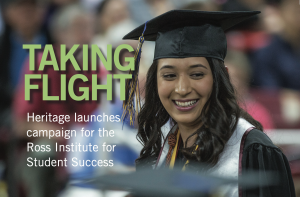 Heritage launches campaign for the Ross Institute for Student Success
Heritage launches campaign for the Ross Institute for Student Success
 with only 8.2 percent of students getting two-year degree and 11.1 percent earning a four-year degree.
with only 8.2 percent of students getting two-year degree and 11.1 percent earning a four-year degree. Families were so eager to receive support from the early steps team that a waitlist was generated. Organizers are adding additional coordinators in Grandview, Mabton, and Sunnyside in 2022 to meet the demand for services.
Families were so eager to receive support from the early steps team that a waitlist was generated. Organizers are adding additional coordinators in Grandview, Mabton, and Sunnyside in 2022 to meet the demand for services.

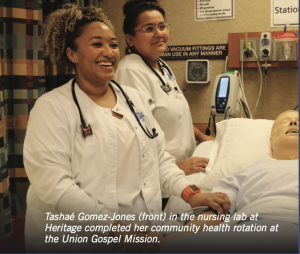

 “Living on the reservation, I know that if you want to make a change, you have to involve your people. You have to hear from them and ask questions to fully understand the problem before you can find solutions,” she said. “I want to be someone who helps us all move forward and break negative cycles.”
“Living on the reservation, I know that if you want to make a change, you have to involve your people. You have to hear from them and ask questions to fully understand the problem before you can find solutions,” she said. “I want to be someone who helps us all move forward and break negative cycles.”





